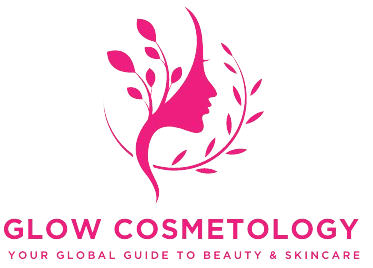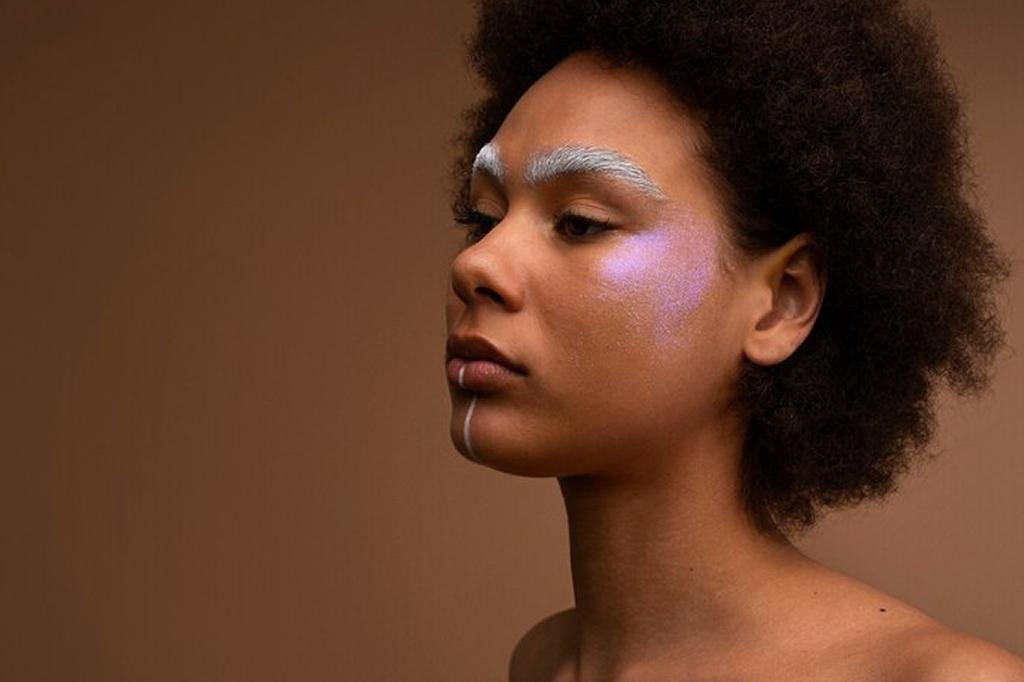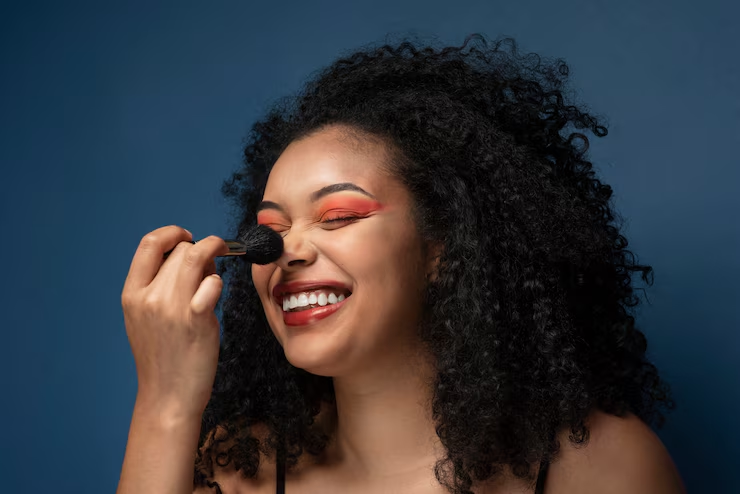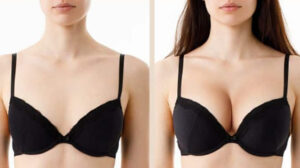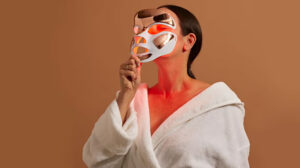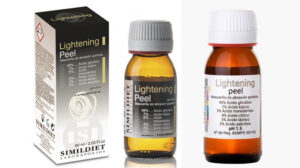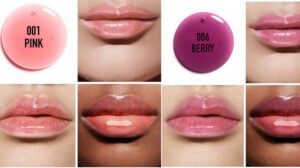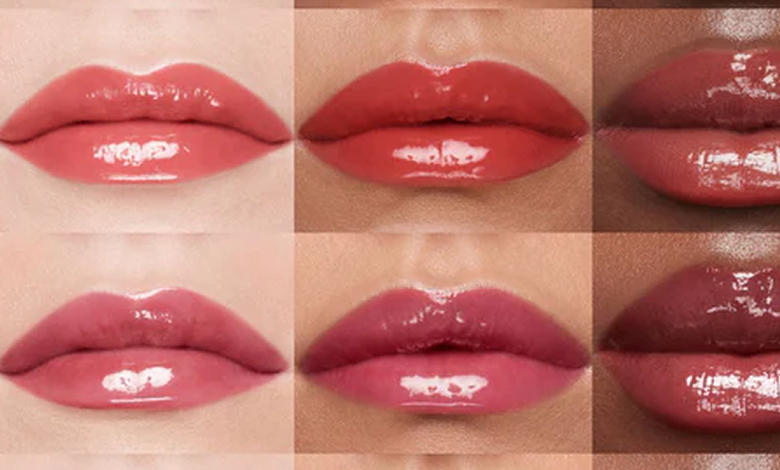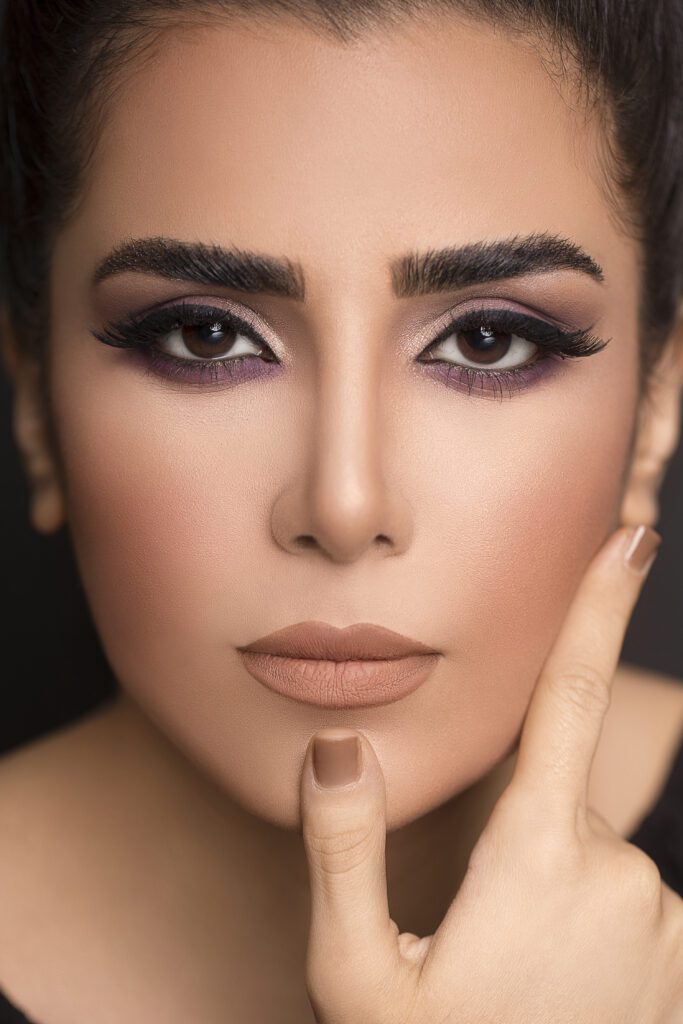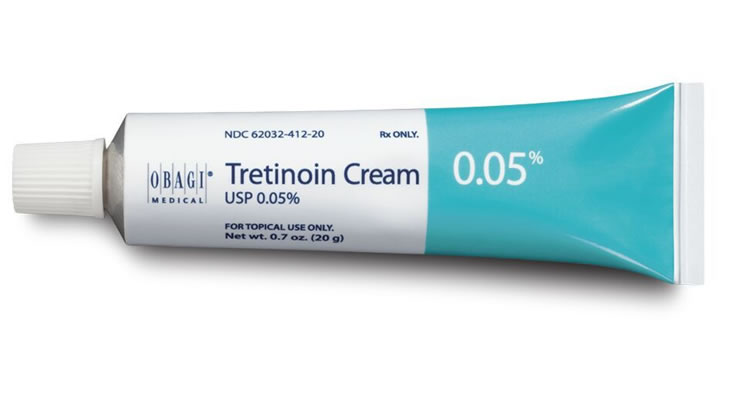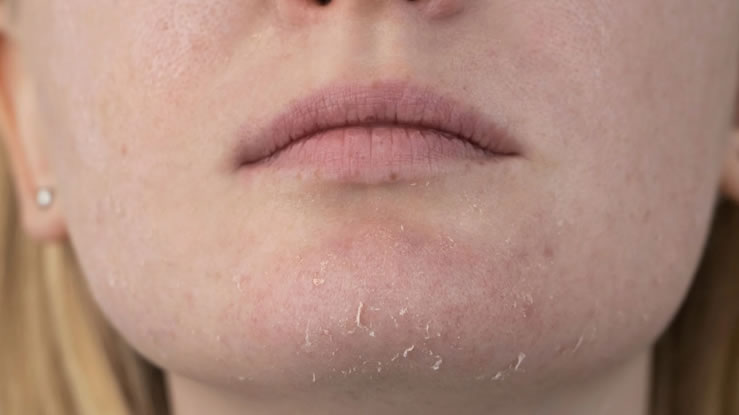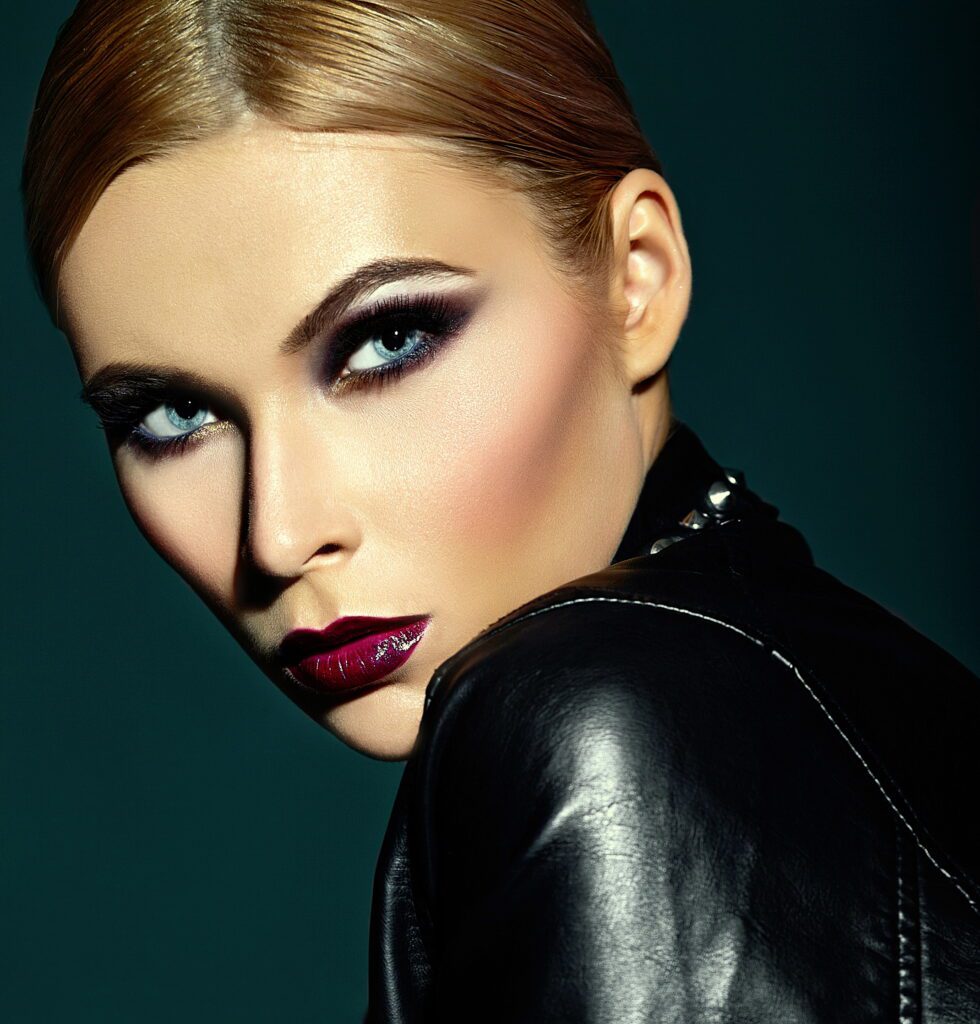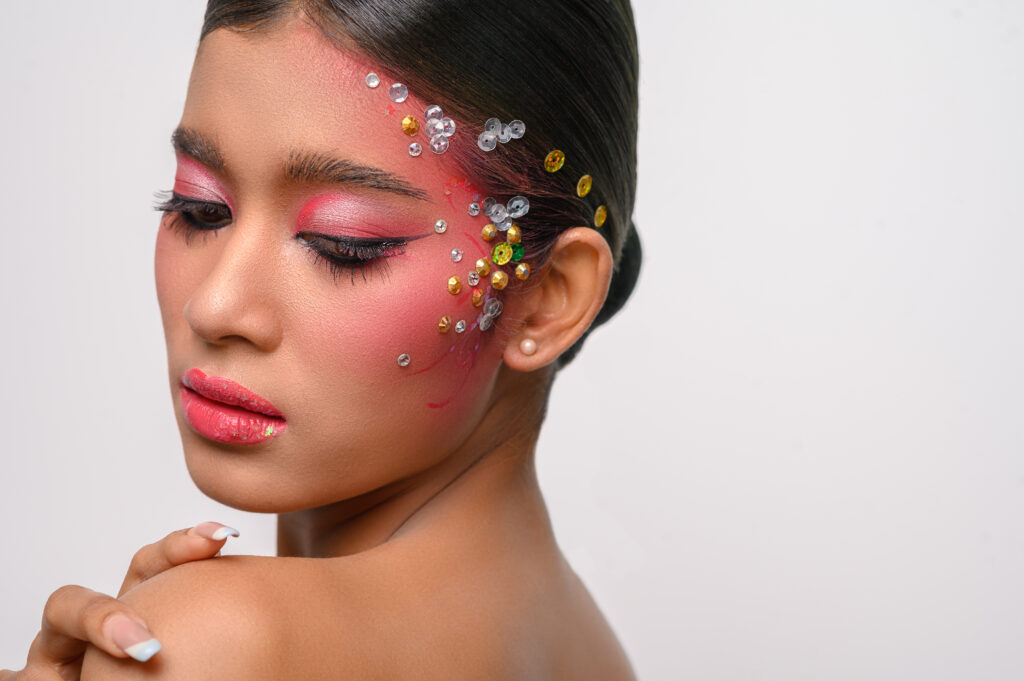What is Prosthetic Makeup?
Prosthetic makeup, also known as special effects (SFX) makeup, is an intricate process that involves applying custom-made prosthetic materials like silicone, latex, or gelatin to the skin. This allows makeup artists to alter or enhance an actor’s appearance to create fantastical characters, realistic wounds, or dramatic aging effects. Popular in films like The Lord of the Rings and Star Wars, prosthetic makeup is vital to creating immersive experiences for audiences.
How Does Prosthetic Makeup Work?
Creating prosthetic makeup is a multi-step process that requires skill and precision. Here’s how it’s done:
Design & Concept Creation
Before the prosthetic is even sculpted, makeup artists conceptualize the final look. They work from reference materials, scripts, and sketches to create a cohesive design that matches the character’s needs.
Sculpting the Prosthetic
Using clay or 3D modeling, the artist sculpts the prosthetic on a replica of the actor’s face or body to ensure the perfect fit. The goal is to achieve a seamless integration between the prosthetic and natural skin.
Molding and Casting
Once the sculpting is complete, the next step involves creating a mold from the sculpt, which is then filled with a material like silicone or foam latex. The material used depends on the desired flexibility and texture of the prosthetic.
Application & Blending
After casting, the prosthetic is applied to the actor’s skin using a special adhesive. Professional makeup artists use additional makeup to blend the edges, ensuring it looks as natural as possible.
Painting & Detailing
To complete the transformation, makeup artists use a combination of traditional makeup and airbrushing techniques to add realistic color, texture, and depth. This process can take several hours but is crucial for creating the final look.
Why is Prosthetic Makeup Essential in SFX?
In the world of special effects, prosthetic makeup is indispensable. It helps bring fantastical elements to life—such as monsters, aliens, or even superheroes—while maintaining a high level of realism. Compared to CGI, prosthetic makeup can offer a more tactile and believable experience for both the actor and the audience.
Famous Examples of Prosthetic Makeup
Prosthetic makeup has shaped some of the most iconic characters in film and television history. Some famous examples include:
- The Joker in The Dark Knight (2008) – The prosthetic scars added a level of intensity to Heath Ledger’s portrayal.
- Gollum in The Lord of the Rings series – Created using a combination of prosthetics and motion-capture technology.
- Hellboy in Hellboy (2004) – The character’s signature red skin and sawed-off horns were achieved using extensive prosthetic makeup.
Advantages of Prosthetic Makeup in Production
Realism: Prosthetic makeup offers a lifelike look and feel that’s difficult to replicate with digital effects.
Budget-Friendly: While CGI is expensive, prosthetic makeup can be more cost-effective for small productions.
Actor Immersion: Actors can physically interact with their prosthetics, enhancing their performance and connection to the character.
Is Prosthetic Makeup the Future of SFX?
As visual effects evolve, prosthetic makeup remains a staple due to its unmatched realism. Despite advancements in CGI, prosthetic makeup continues to be favored in many cases for its ability to offer a tactile, realistic element that computer-generated imagery simply cannot.
Prosthetic makeup plays a pivotal role in bringing imaginative characters and dramatic transformations to life. Whether it’s creating lifelike injuries, aging actors, or building fantastical creatures, prosthetic makeup continues to be a fundamental component of the special effects industry. For makeup artists and audiences alike, the impact of prosthetic makeup is unparalleled in its ability to shape the storytelling experience.
